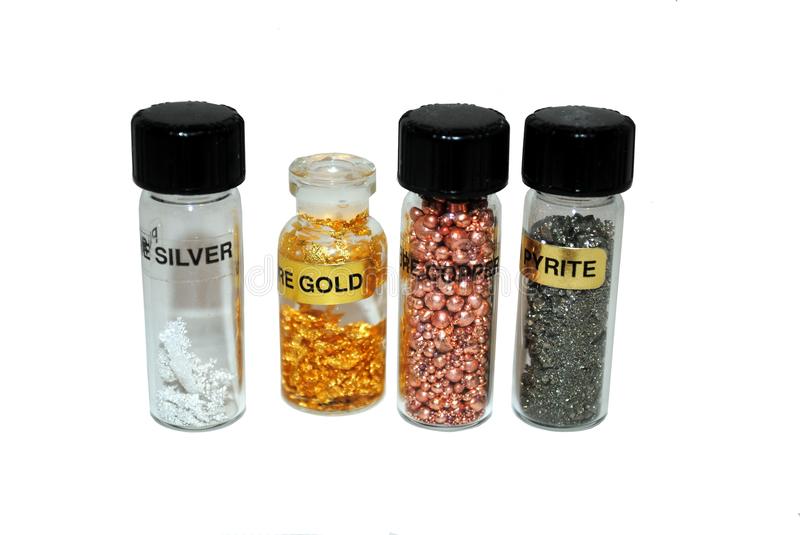Before considering the basic properties of metals and alloys, first of all it is necessary to define the basic concepts. What are the terms “metal” and “alloy”?
Determination of metals and alloys
The main chemical elements are subdivided into metals and non-metals, however, a clear line cannot be drawn between them. Metal can be described as a chemical element that has a metallic luster and which, in electrolysis , carries a positive charge released at the cathode.
The alloy is a homogeneous metallic material, but it is not the only chemical element. An alloy forms a compound or mixture of two or more metals. In some cases, it can be composed of one or more metals and non-metals. For example, an alloy of iron with carbon forms steel.
In the process of working with metals and alloys, it is very important to correctly determine the type of welding or machining, on which the quality and success of the final result directly depends. And in order to make the right choice, you need to know the basic properties of metals and alloys, among which 4 large groups can be distinguished.
Physical properties.
This group of properties is associated with the atomic structure and density of the material and their measurement does not cause permanent deformation of the body.
- Color – on this basis, one can judge about some other properties. For example, most metals change color when heated. A similar situation is observed during oxidation.
- Thermal conductivity is the ability of a material to conduct or transfer heat.
- Electrical conductivity – similar to the previous property, however, electricity acts instead of heat.
- Magnetic susceptibility – Whether a material conducts a magnetic field when magnetized.
- Melting point is an indicator of the temperature at which a substance passes into a liquid state from a solid. For pure metals, it is constant, and for alloys, it is a temperature range.
- Density is the amount of a substance contained in one unit of volume.
- Specific heat is the amount of heat that is needed to raise the temperature of 1 g of a substance by 1 ° C.
Read Also: Why Roof Maintenance Is Important
Chemical properties.
This type includes those properties that determine their relationship to the chemical effects of media such as water, air, acids, alkalis and others.
- Solubility – the ability of a material to dissolve in any solvent (usually strong acids and caustic alkalis).
- Oxidability – the ability of a metal to form oxides (combine with oxygen).
- Corrosion resistance – how much materials are able to resist destruction during chemical exposure to the environment.
Mechanical properties.
When measuring mechanical properties, the body usually undergoes destruction or irreversible deformation.
- Strength – the material is able to resist destruction when exposed to external forces.
- Elasticity – the material is able to take its original shape when the action of the external load has ended.
- Plasticity – the material is able to change its size and shape when the external load is over. The new dimensions and shape are preserved, the material is not destroyed.
- Viscosity – the material is capable of resisting when subjected to sharply increasing loads.
- Hardness – the material does not allow penetration of other material that is harder.
- Wear resistance – the material is able to maintain its surface unchanged if it is subjected to frictional force.
- Brittleness – the material is capable of collapsing under the influence of an external force (there is no plastic deformation).
Technological properties.
This type of properties determines how much a particular type of processing is suitable for a metal or alloy.
- Cutting – metal or alloy is subject to cutting with a cutting tool during machining.
- Malleability – the material is able to take a different shape if it is pressure treated. There is no destruction of the material.
- Weldability – the metal is suitable for welding, forming permanent joints without cracks and other defects.
- Liquid fluidity – molten metals calmly take the exact shape into which they are poured.
- Shrinkage is the opposite of thermal expansion. Represents the decrease in the volume of the material as it cools.
- Liquidation – a material from a liquid state with a decrease in temperature goes into a solid state and, as a result, decomposes into individual compounds, whose melting points are different.
Read Also: How To Install Vinyl Siding In 15 Easy Steps ?


